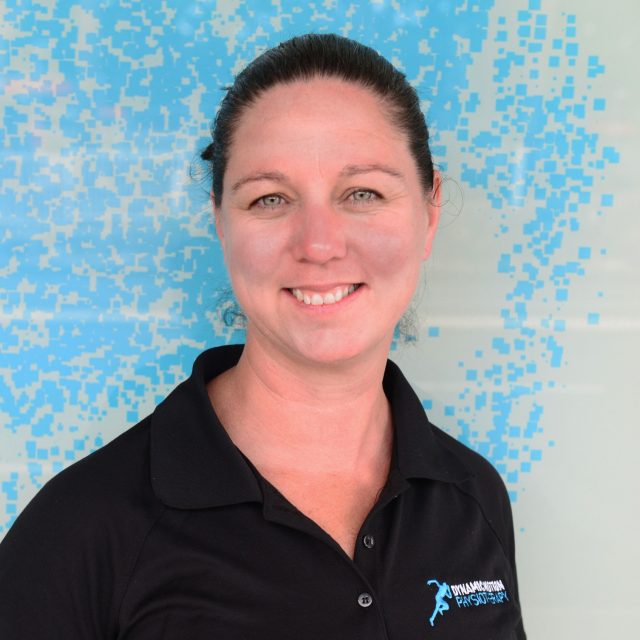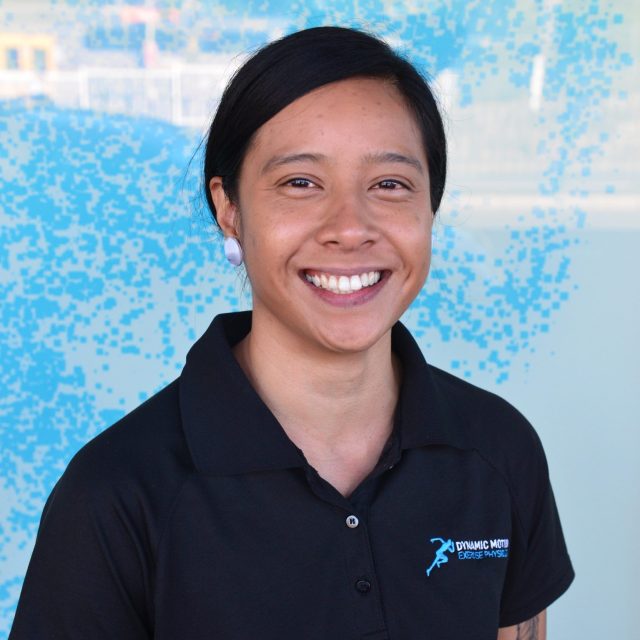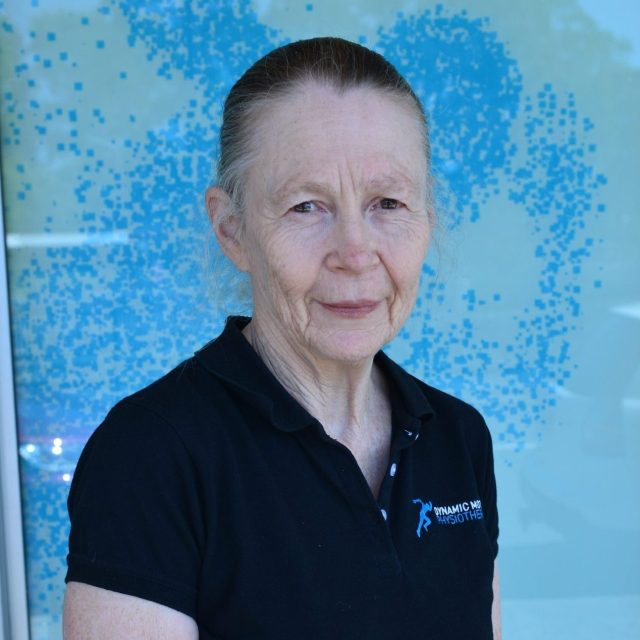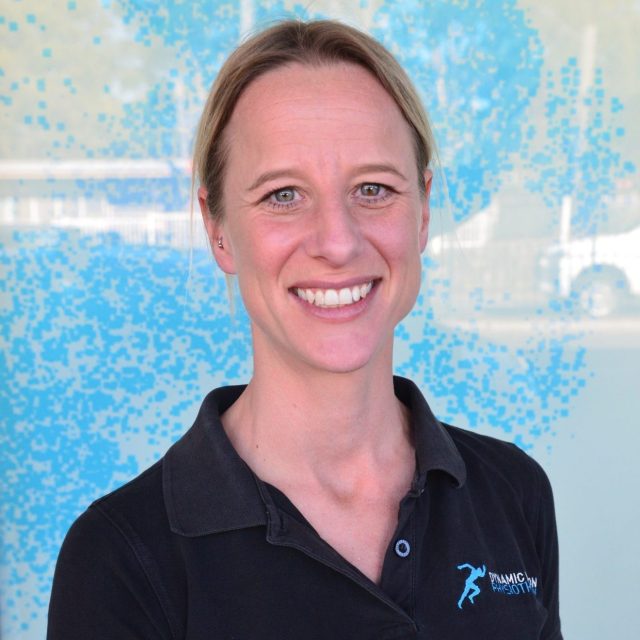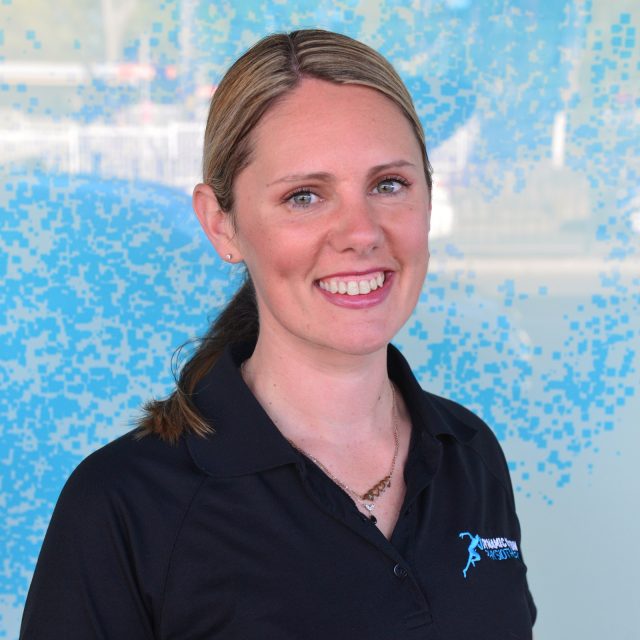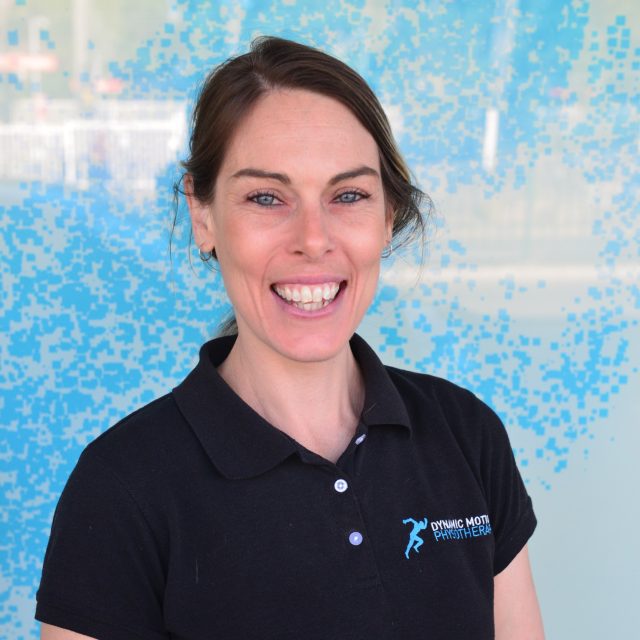The 2 most common problems presenting to the clinic are Adhesive Capsulitis (Frozen shoulder) and Rotator Cuff degeneration. Frozen shoulder is usually of insidious onset, more commonly found in females than males. It can be present from a few months to 18 months. Rotator Cuff injuries are a common presentation to the clinic. They often occur as a result of normal activities of daily living, such as lifting, but may also be the result of a sporting injury or a fall.
Tendon pathologies are correctly referred to as tendinopathy or tendinosis rather than tendonitis. Histopathological studies do not demonstrate inflammatory cells in persistent tendon problems.
Exercise Therapy
There is evidence from trials and systematic reviews that strengthening exercises have a positive outcome in tendon problems. This is based on the finding that repeated loading of the tendon can facilitate remodeling and repair (mechanotransduction). There is also evidence that strengthening exercises are as good as surgery in reduction of pain and return to function at one year (Brox et al. 1999; Haahr et al.2005)
The appropriate administration of therapeutic exercise is invaluable when treating and rehabilitating athletic shoulder injuries. The reliance on surrounding muscular activity for joint stability and mobility means the physiotherapist can be a major determinant in the recovery outcome of shoulder injury or surgery. In order to maximize speed and degree of recovery following a shoulder injury, the exercise program must be specific and prescribed after a thorough objective and subjective assessment.
Functional Retraining
When the posture and mechanics of the upper quadrant are more ‘normal’, a program of progressive strengthening, flexibility, and control is incorporated into the program. These exercises often begin with general trunk and pelvic stabilizers, and upper back exercises, progressing to light then heavy resistance exercises for the shoulder and arm. At all times correct posture, core stability, and normal scapula mechanics must be maintained. Later in rehabilitation, the retraining becomes more activity-specific as determined by the intentions of the patient. Loading, speed of movement, repetitions, rest periods, and complexity are manipulated to stimulate occupational, recreational, or sporting activities for which the patient is being retrained.
knowledge … self-management … prevention




